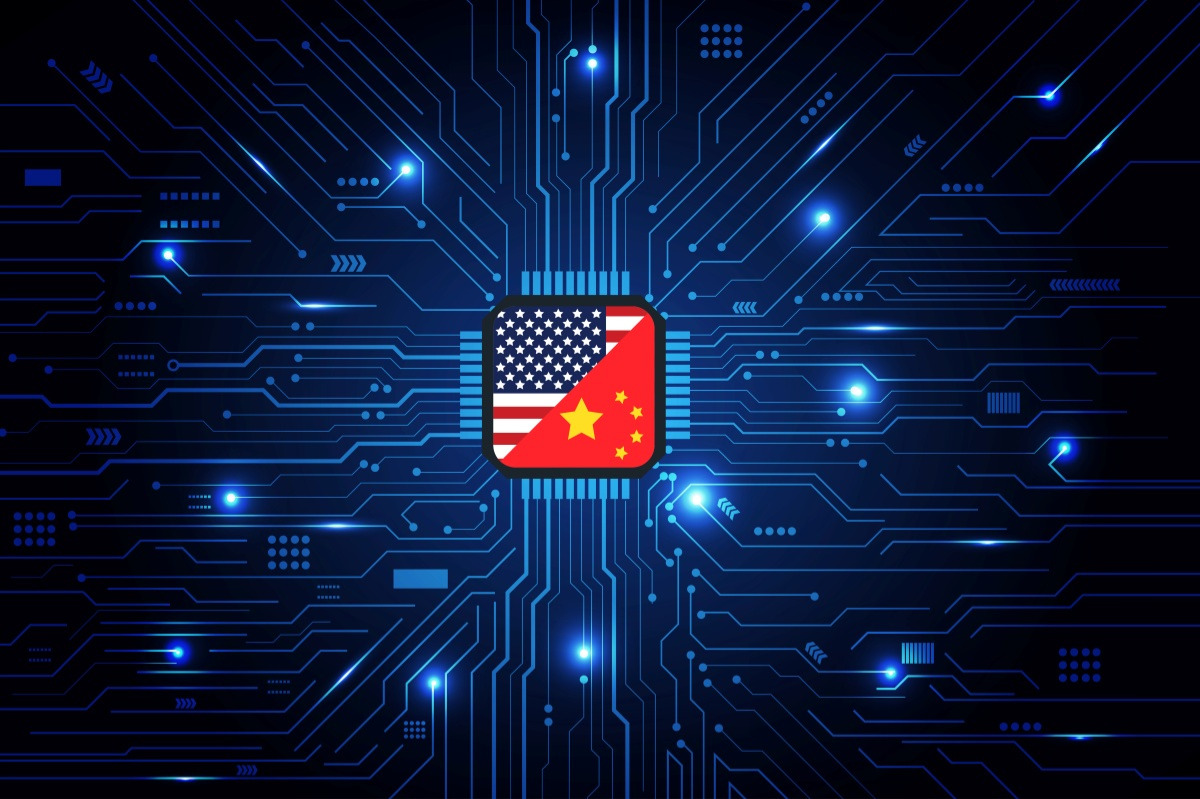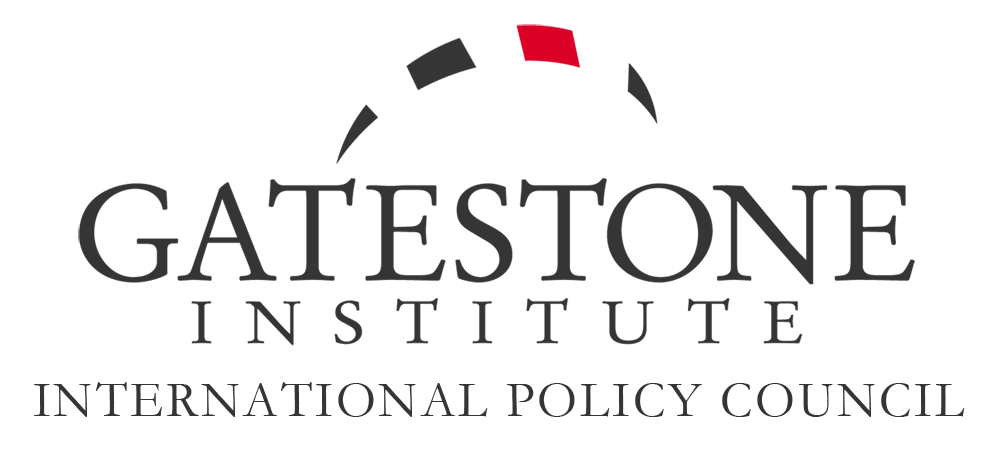
Over the last several months, this author been stressing the need for America to urgently develop clean, cheap, limitless nuclear fusion energy to generate the vast amounts of electricity we will need if we are successfully to compete with China in the new frontier of Artificial Intelligence (AI). Until now, the US has been are promoting reactors for controversial nuclear fission energy, as in Chernobyl.
The urgent strategic reason for our nation to invest in securing this technology is to protect our superpower status as democracy's champion.
Consider: The nation that dominates AI platforms will have the means of advancing its global policies to the rest of the world. AI, however, requires unfathomable amounts of electrical power.
As AI systems become more sophisticated and wide-ranging, their energy requirements will determine who succeeds in becoming the next 21st century superpower and who is left behind in history's wake. China knows the score -- that is why it is heavily investing to develop fusion power in a race America is apparently not even aware exists.
It is fusion energy alone, as China currently understands, that will determine whether the US or China ends up as the world's leading superpower by the end of the century. It would be beyond unthinkable for the US to let China win.
Analysts tell us AI energy consumption is staggeringly large. "Training" a single AI model can consume as much electricity as hundreds of homes use in a year. The training of OpenAI's Generative Pre-trained Transformer 3 (GPT-3) large language model alone is estimated to have consumed 1,287 megawatt-hours of electricity -- enough to power a small city for days. GPT-4's training is estimated to have consumed between 51,773 and 62,319 megawatt-hours of electricity. OpenAI has not released any data on the amount of power consumed in training GPT-5, which was released this month.
More concerning is that this represents just the "training" phase. When AI models actually perform day-to-day tasks for end-users such as financial institutions, the military, corporations and individuals, the energy demands rise dramatically.
Data centers, the backbone of AI infrastructure, already consume approximately 1.5% of global electricity production, as of 2024 figures. Industry projections suggest this could reach 2% in 2025, and 3%-8% in five years as AI workloads increase. Where is that power coming from?
Nuclear fission reactors, which we now rely on for all nuclear-generated electricity, creates dangerous radioactive waste. Putting aside the environmental debate, fossil fuels are finite, and wind and solar can never produce the amount of energy required.
The necessary response, like or not, particularly in the current race with China, is fusion energy. Only with this totally clean, inexpensive and unlimited source will we be able to rely on AI for applications that range from anti-missile defense to confronting online scammers to running DNA sequences in search of cures for cancer.
Presently, the United States is dependent on an antiquated electrical grid that is already facing critical bottlenecks and outages.
During WWII, the US created the Manhattan Project, to develop the atomic bomb before Germany. We anticipated and countered their threat. The future requires Washington to recognize the threat with an urgency that reflects how our nation responded to the Soviets' acquisition of nuclear weapons at the start of the Cold War. We doubled down on scientific research and development. The Trump Administration and Congress urgently need to take a look at the emerging Chinese threat. There is a huge strategic link between AI dominance, its demand for unimaginable amounts of clean, affordable electricity, and the role AI will play in resetting the geopolitical table for us all. Only this realization will allow America to fund the means to power up fusion energy before we discover that instructions for this critical technology have been written in Chinese.
Lawrence Kadish serves on the Board of Governors of Gatestone Institute.


